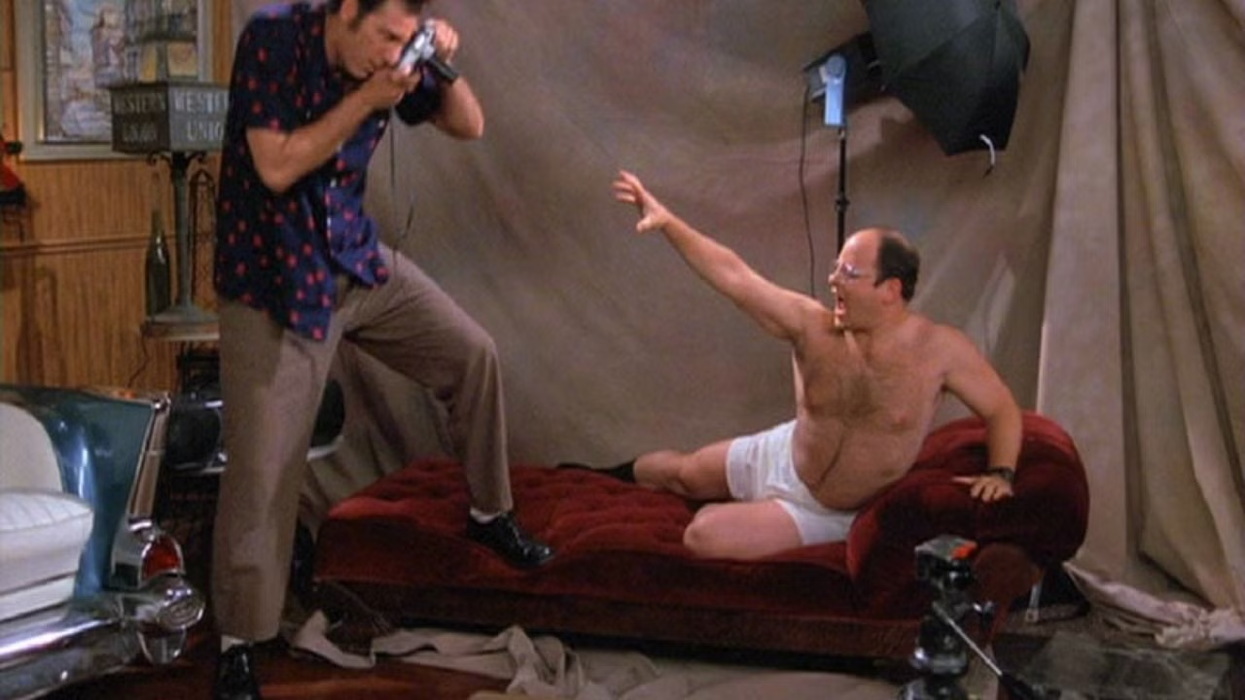What TIME's '100 Most Influential Images' Can Teach You About Cinematography
Photographs and films share the same magical ability to tell a story without ever saying a word.

TIME Magazine finally unveiled its online slideshow of the top 100 most influential images ever photographed. Perusing their selection—from "Tank Man" by Jeff Widener, the first cell phone picture, to Alberto Korda's famous photo of Che Guevara—I asked myself why all of these images were singled out for being influential.
My knee-jerk reaction was, "Well, because they're beautiful," and then it was, "Oh, they have historical significance," and though those things are true, they have more than remarkable composition, lighting, and precedence—they tell remarkable stories.
"Let the people see what I’ve seen."
If you simply scroll across the page you quickly begin to see how many incredible stories are represented in each and every photo. The photo of Emmett Till captured by David Jackson reminds us all of the savagely racist environment people of color endured in 1955 Mississippi. It tells the story of the courageous decision of Till's mother Mamie to have an open casket funeral to shine a light on the true brutality of the 14-year-old's murder, as well as the racial discrimination minorities were forced to endure—especially considering how Roy Bryant and his half brother J.W. Milam were both acquitted of the crime.
The lesson filmmakers can take away from this photo is that capturing shocking or controversial images is not something you should be afraid to do, namely if it's to bring awareness to an important issue.
"The Horse in Motion" was more "in motion" than Muybridge realized
Even Eadweard Muybridge's "The Horse in Motion" experiment is on the list, and I have to admit that I got giddy when I saw it. It's an interesting case, because while its narrative might be able to be contained within its origin story (Leland Stanford asked Muybridge to find out if all four feet of a horse leave the ground at the same time while gallopping), you can actually see it right there in every frame—coming to life in exactly the same way this primordial cinematic experiment came to life in 1872. "The Horse in Motion" is essentially a meta-story; there is history behind these photos, but the real story exists not in the content or composition of the images (they're just photos of a galloping horse after all), but in the actual frames themselves. In other words, "The Horse in Motion" tells the story of how motion pictures came to be, and you can see it "coming to be" right before your eyes in real time.
As filmmakers, we need to remember to experiment with out craft. It might seem like everything has already been done, and the things that haven't been done can only be done by those with tons of money and expertise (and James Cameron). However, new techniques and tools that allow us to tell better stories are invented by "normal" filmmakers every day; all you need is a little bit of creativity and a willingness to try new things.
What did you learn from TIME's selected photos? Let us know in the comments below.
Source: TIME












